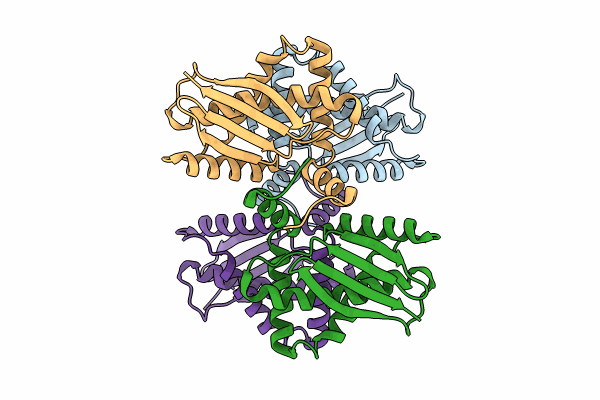
Deposition Date
2023-07-04
Release Date
2023-12-20
Last Version Date
2024-01-24
Entry Detail
Biological Source:
Source Organism:
Enterobacter sp. 638 (Taxon ID: 399742)
Host Organism:
Method Details:
Experimental Method:
Resolution:
4.15 Å
Aggregation State:
PARTICLE
Reconstruction Method:
SINGLE PARTICLE


